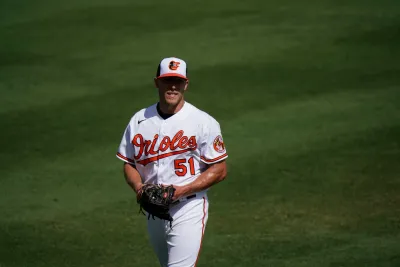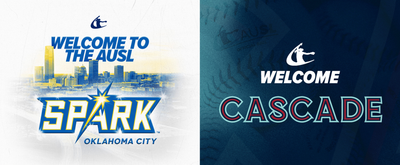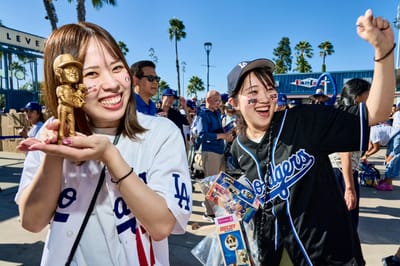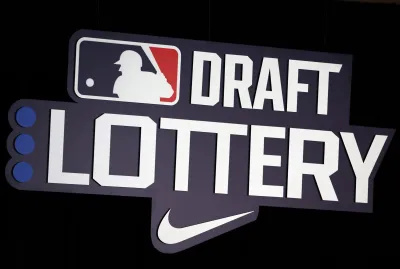
What an MLB Trade Really Is — And Why Teams Make Them
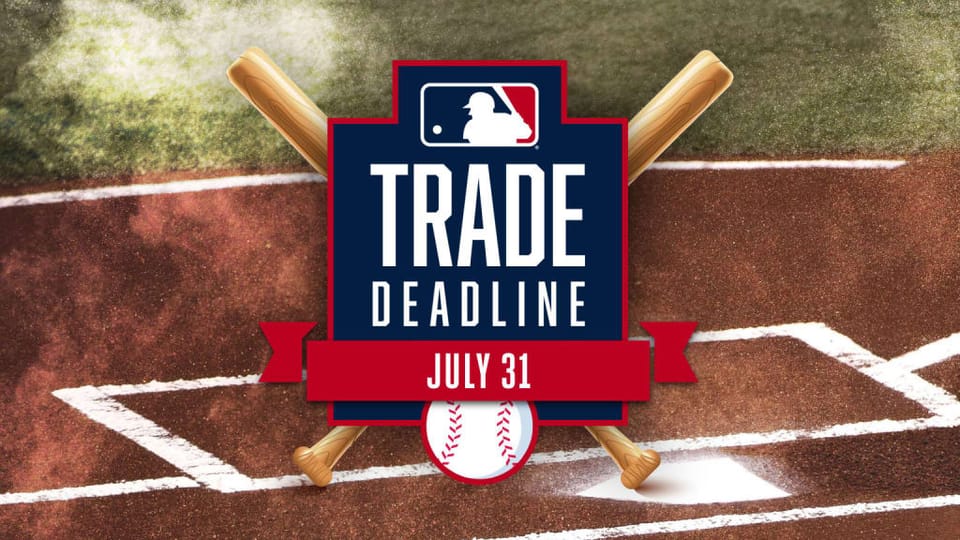
By Business of Ball staff
The Trade Deadline Defined
The 2025 MLB Trade Deadline has passed and post-deadline deals aren’t permitted until the offseason, a rule instituted in 2019 to streamline the process and remove the complexity of revocable waivers. But now that MLB trade season is over, we're here to breakdown what all the chaos was about.
Why Teams Trade: The Strategic Motivations
Trades often reflect broader franchise strategy:
- Contending teams “buy” for the postseason—acquiring veterans or bullpen arms with team control remaining.
- Rebuilding clubs “sell” at the Deadline, dealing impending free agents for multiple prospects to reload their farm systems.
- One‑year contracts are strategic flips: small-market clubs sign veterans briefly to then trade them at the Deadline for prospects.
These moves mirror venture capital logic: trade an established player for several prospects—hoping at least one becomes a star.
BoB Breakdown: Some teams are going for the ring. Others are already packing for spring. Trades are how you reload, restock, or double down on your shot to win now.
Expiring Contracts & Years of Control
A player nearing free agency loses value to their current team when they’re out of contention since there is nothing to play for. Trading him before he hits open market recoups value.
Teams heavily weigh years of “team control”—how long a club holds a player's rights before free agency. Younger players with more seasons controlled are premium trade assets. Contenders with payroll flexibility are in position to acquire those years or take the risk of taking the expiring free agent contract, with the hopes of a postseason appearance; budget-minded teams prioritize extended control over short-term star power.
BoB Breakdown: If your lease is almost up, your landlord might list the place. Same with players. If a guy’s about to be a free agent, his team will try to get something before losing him for nothing.
Example: Padres–Athletics Trade (July 31, 2025)
San Diego acquired All-Star closer Mason Miller and lefty J.P. Sears from Oakland, sending four top prospects in return—including shortstop Leo De Vries, MLB Pipeline’s No. 3 overall prospect, plus RHPs Braden Nett, Henry Báez, and Eduarniel Núñez.
- Miller, under team control through 2029, adds elite closing power. Until then, he remains affordable and impactful.The Padres already have an All-Star closer, however— so miller most likely will be the best set-up man in the league, with years to develop as their future closer.
- The Padres position themselves for immediate postseason performance and reinforce and already elite bullpen.
- Oakland, operating through a small-market lens, opted to trade rising payroll risk for team-control upside. They bank on their development system—and prospects like De Vries—to deliver long-term returns.
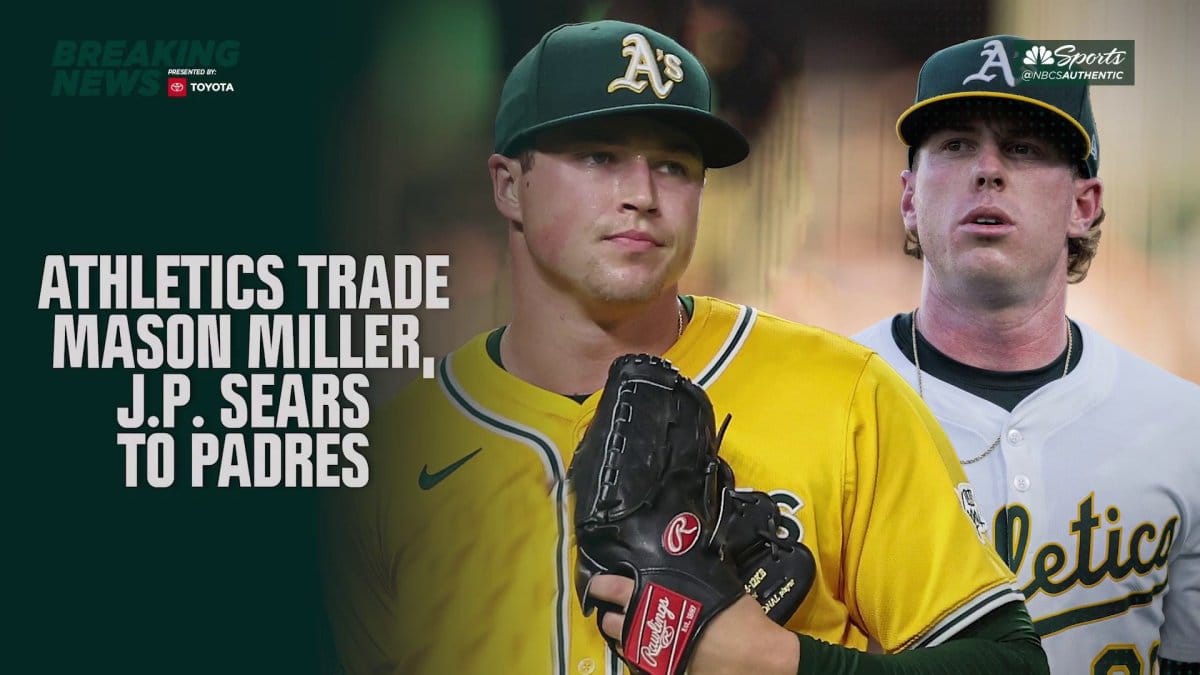
This trade embodies modern portfolio-building strategy: San Diego “buys wins,” Oakland invests in future value.
BoB Breakdown: The Padres wanted to bolster their bullpen and add depth in case of any injuries. Oakland needed future hope. So they swapped one All-Star (Mason Miller) for four lottery tickets. Welcome to deadline chess.
Real-Time Example: Domínguez Trade (July 30, 2025)
In one of the oddest deadline moves ever, Seranthony Domínguez was traded from the Orioles to the Blue Jays between games of a doubleheader at Camden Yards.
- Domínguez—who hadn’t pitched in Game 1—simply walked from Baltimore’s bullpen into the visitor's clubhouse.
- He pitched a scoreless inning in Game 2 for Toronto, striking out two former teammates.
- The Orioles received RHP prospect Juaron Watts‑Brown, Toronto’s No. 10 prospect, along with cash considerations.
Seranthony Domínguez walks to Blue Jays dugout in-between doubleheader after dealt by Orioles after game 1
No suitcase. No flight. Just a one-way walk down the hallway—a reminder that deadline trades are often chaotic and deeply personal, even if the front-office logic feels clinical.
The Yankees also traded for the Rays SS, Jose Caballero….. while they were playing each other.
How Trades Actually Get Made
Anthony Ranaudo, who was traded multiple times during his career, frames trades as layered negotiations—not just on talent but on personalities, philosophy, and risk tolerance.
- Scouting & Analytics: Teams review scouting reports from high school onward, advanced metrics (spin rate, chase rate, WAR), roster control status, contract terms, and complete medical history.
- Internal Alignment: Deals must satisfy owners, team presidents, and managers. The financial and clubhouse impacts must align with each stakeholder’s risk profile.
- Initial Contact: A trade may begin with a simple call—“We’re going to move Player X. Interested?”—followed by back-and-forth over prospects, payroll, control, and fit.
- Approvals & Contingencies: Even after terms are agreed, there’s medical clearance, budget approval, agent/player sign-offs if no-trade clauses exist, and league approval for large cash components.
- Human Effect: Trades are emotional—changing cities, routines, and relationships overnight. Throw in if a player has a family and kids— things get really tricky.
BoB Breakdown: It’s not just “GM hits accept.” There’s scouting, spreadsheets, agents, owners, managers, and probably someone’s aunt and uncle throwing scenarios on X.
Why Some Trades Collapse
Not every trade that’s discussed comes to fruition. Common deal breakers include:
- Failed medicals or medical red flags
- Owner or front-office reversals
- Agent resistance to clause waivers
- Sudden team performance changes (e.g. surprising win streak)
- Insisting on too steep prospect return
BoB Breakdown: A lot of “almost trades” never happen. Think: failed physicals, last-minute cold feet, agents messing things up, or just teams getting hot at the wrong time. Nothing is final until it’s official.
What Happens After the Deadline? How Teams Still Add Players
Just because the trade deadline has passed doesn’t mean teams are out of moves. It just means the big, unrestricted trades are done. After July 31, front offices have to get creative — but yes, they can still add players. Here’s how:
Limited Post-Deadline Trades
MLB’s old waiver trade system (the one that allowed Justin Verlander to be traded in August 2017) is gone. But trades are still allowed — just under stricter conditions.
Only these players can be traded after the deadline:
- Players on minor-league contracts
- Players who haven’t been on a 40-man roster at any point this season
- Players who haven’t been on the injured list
Outright Waivers & Salary Dumps
Waivers still exist — and they’re now irrevocable. If a team places a player on waivers and another club claims him, he’s gone.
This has become a sneaky way to make de facto trades without the label. It’s a handshake deal: “We’ll waive him, you pick up the salary, no players exchanged.”
Free Agents
Free agents are fair game. Anyone not under contract can still sign — the catch? The talent pool is thin. Think bounce-back veterans or AAAA types.
No team’s fixing their rotation here — but depth is depth.
Postseason Eligibility Deadline: August 31
If a player isn’t in your organization by 11:59 p.m. ET on August 31, they can’t play in the postseason. No exceptions.
They don’t have to be on the MLB roster, just in the org. You can add someone in September, but they won’t be playoff-eligible.
BoB Breakdown: The trade window’s shut—but the side doors are still open. Minor-league deals, waiver claims, and free-agent flyers can still reshape a playoff push… just don’t expect a blockbuster.
Closing Thoughts
Trading isn’t just about swapping talent. It’s about timing, control, budget, and belief.
Contenders maximize years of control to win now. Rebuilders flip value before it vanishes. Deals can happen in a dugout, over lunch, or on deadline day chaos—and they blur the line between business and the human experience.
And Ranaudo’s own career journey offers insight. His full reflection, From Prospect to Asset, captures the emotional and financial reality behind every transaction.
When MLB added teams to the playoff structure— teams have taken that opportunity to grow their brand and market a playoff experience. If they host a game, the business makes sense— branded postseason merch, extra jersey sales (maybe new player jersey sales), concessions, etc.
At the end of the day, it’s baseball—but it’s also business. Teams are making bets. Some bet on today, some bet on tomorrow. But with the Deadline in the rearview, MLB organizations will have to make do with what they've got until October.
